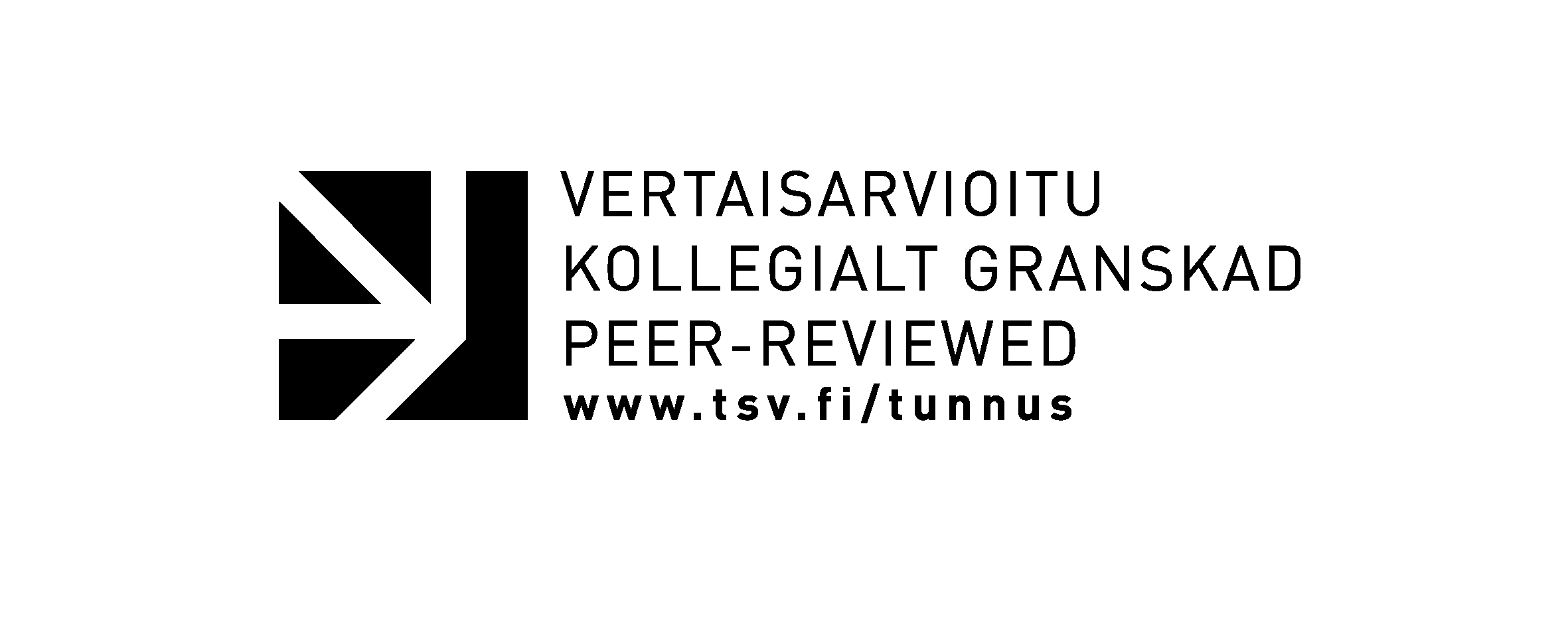Finding a Home in Public Space: Street Performance in Tallinn, Estonia and Beyond
Keywords:
home, feelings, public space, musical street perfomanceAbstract
Summertime in Tallinn's Old Town finds street performance culture in full swing. The Old Town, a United Nations Educational and Scientific Organization (UNESCO) recognized World Heritage site has become a magnet for tourists. Cheap flights from the United Kingdom and lreland bring throngs of boozy young men. Older travelers on package tours come in busloads to the postage stamp sized medieval city center. The city is abuzz with activity and the vibe of an outdoor party as the sidewalk cafes fill up. People are looking to have fun and spend money. The milieu is perfect for street performing or busking to be a profitable enterprise. But busking is a unique vocation. The busker relies upon the altruism of chance; the giving passerby. Income is fickle and never guaranteed. The street performer seeks something deeper, more meaningful, and perhaps even spiritual, than a pocket full of coins. The "Saw Lady" who performs in New York City's subway, put it this way: For me, busking is not about getting, but rather about giving. As a busker you give your music and your precence for free. You are there to put a smile on people's faces. When you do it like that, people open up to you and you end up having a great time, regardless of money. (ERR News 06.07.2011 on http://news.err.ee/). From this perspective, the busker seeks the transcendent in urban space. The cityscape becomes a stage, but also a home rooted in meaning. Where the street performer chooses to perform is as idiosyncratic as the performance. The place of performance is called a "pitch" in busking parlance; this is the home of the street performer.







